The Mexican peso persists and continues to break records, maintaining a favorable streak as it is now quoted at 17.26 units per dollar, reaching levels similar to those of March 2016 on Friday, June 30, 2023.
The Mexican peso has been favored by the April industrial production report, which showed a 0.4% growth in the secondary sector, namely, the industry. This favorable exchange rate continues to improve due to the expectation that the Federal Reserve will halt the rate hikes in its upcoming monetary policy meeting. This has already caused the Mexican peso to settle at 17.31 units against the dollar on Wednesday.
Key reasons explaining the Mexican peso's good streak
The first reason lies in Mexico's economic, political, and social stability compared to other Latin American countries. The World Bank has announced a projected growth of 1.5% for the Mexican economy this year, and it is the only country in the region that has experienced significant and sustained growth in its foreign trade over the past 20 years, thanks to exports to the United States and Canada.
The second reason for the peso's strengthening lies in the favorable geopolitical environment for Mexico. The relocation of global value chains and the increase in remittances have raised the demand for pesos in the international market, thus favoring its valuation compared to other currencies. In a global context of increased uncertainty, multinational companies are choosing to relocate their operations closer to their consumers. A notable example of this phenomenon is the new plant that Tesla is building in Nuevo León.
The third reason is the significant interest rate differential between the United States and Mexico. The Bank of Mexico offers an 11.5% interest rate for holding money in pesos in a favorable economic environment. Investors are acquiring pesos due to the solid prospects of the national economy. However, as with any financial data, a positive economic figure benefits some while harming others.
Analysts' opinion
According to analysts, the strength of the Mexican peso is attributed to a combination of aggressive interest rate hikes, a relatively stable market, inflow of dollars from exports and foreign direct investment, as well as an unprecedented level of remittances, with over $58 billion received by the country in 2022. These factors have made the peso the preferred choice among currency investors last year, and its strength continues into 2023.
Gabriela Siller, Director of Analysis at Banco Base, explains that there is currently an international preference for investing in pesos. "When there is no risk aversion, investors abandon their positions in dollars and seek other assets that offer them better returns. The Mexican peso is also preferred because it is the most liquid currency in all of Latin America, which means that, if necessary, positions in Mexican pesos can be easily liquidated within a short period of time," she details.
In the short term, it is expected that the peso will continue to appreciate due to the expectation that the Federal Reserve will stop raising interest rates, leading capital to move from the United States to other countries, including Mexico.
However, in the medium term, the peso could experience moderate depreciation due to a decrease in the inflow of dollars into the country and the possibility of a recession in the United States. This situation could worsen if the US government fails to reach an agreement with Congress to raise the debt ceiling.
Trends
Mexico is positioning itself as a raw material exporter and has a currency, the Mexican peso, which is valued at a high level. This may cause importing countries to reduce their consumption of these products, negatively affecting Mexican exporting companies. They would receive fewer Mexican pesos for their products due to the unfavorable exchange rate.
On the other hand, importers benefit as it becomes more affordable for them to make purchases abroad. Their currency holds a higher value compared to the other country's currency, allowing them to make larger acquisitions.
Finally, it is not only the Mexican peso that is experiencing a revaluation against the dollar. Other major currencies, such as the euro and the Chinese yuan, have also shown a strengthening trend against the US currency.
The optimism in Mexico is also related to the favorable forecasts from international organizations, which President Andrés Manuel López Obrador highlighted last Wednesday. "This hasn't been seen since 2016. The Mexican peso has significantly strengthened. It is the currency that has appreciated the most in the world," stated the president.
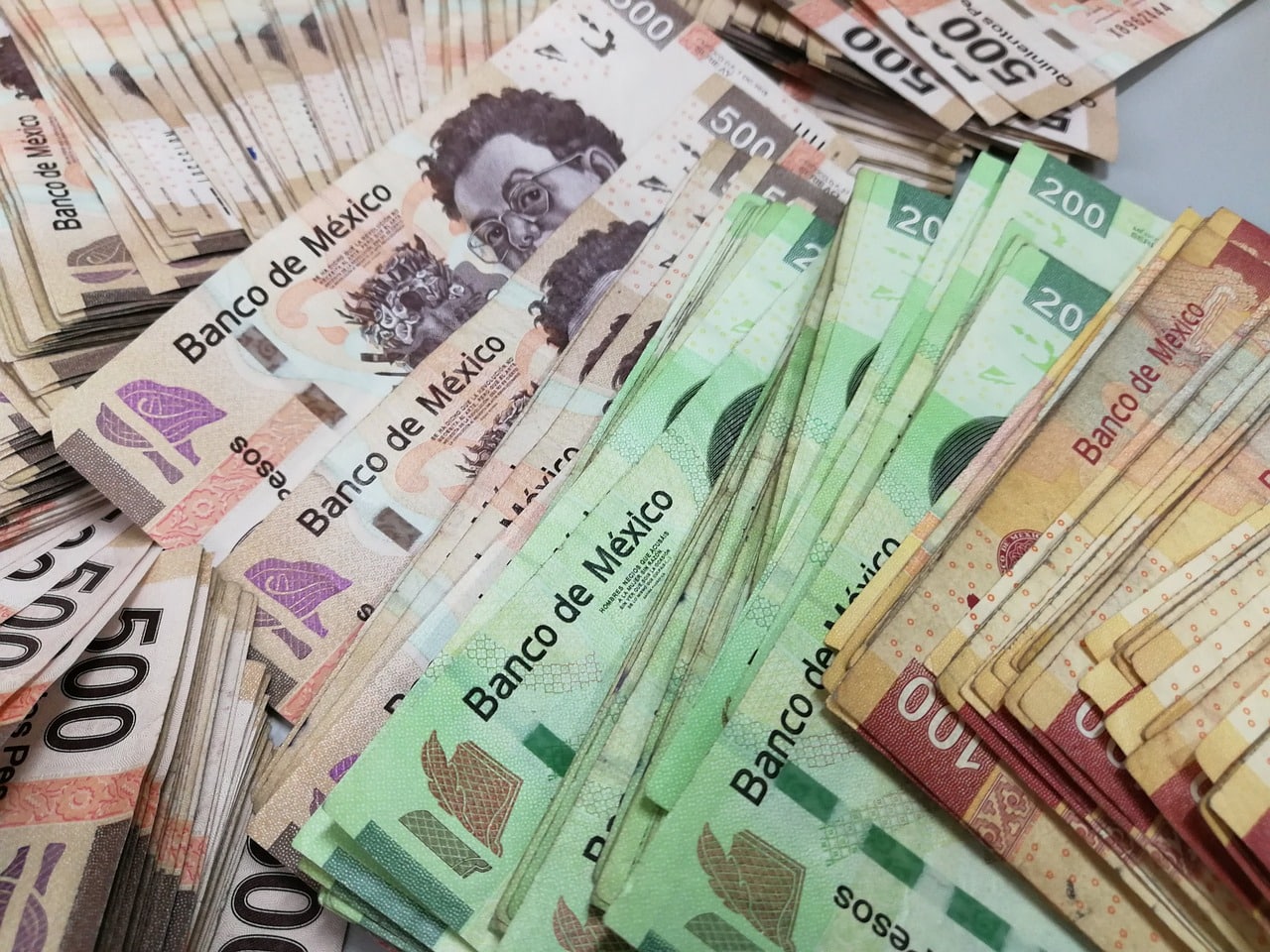
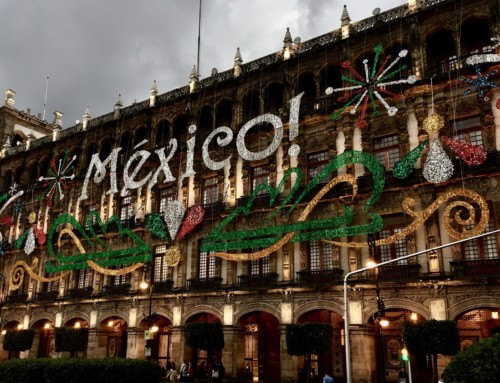
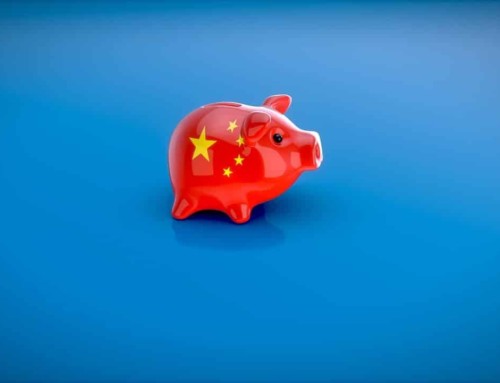
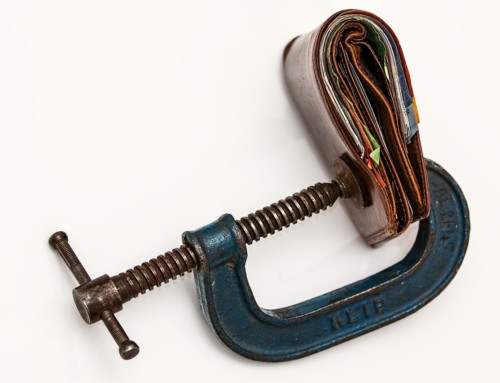
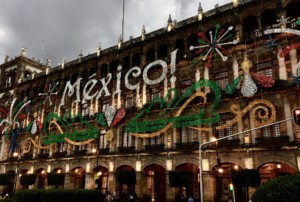


Leave A Comment